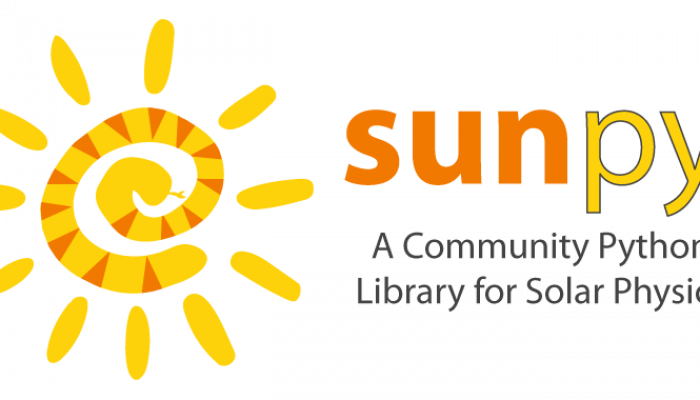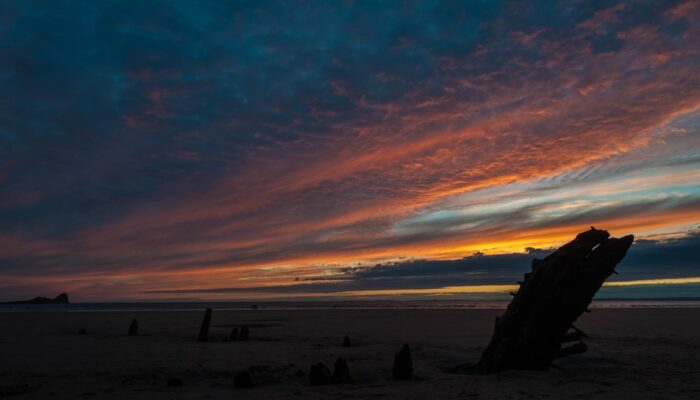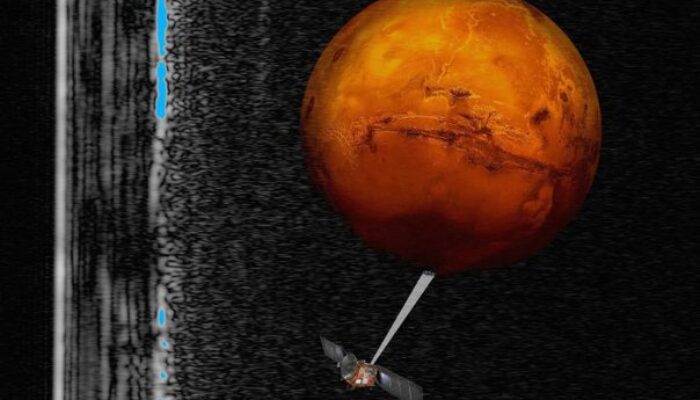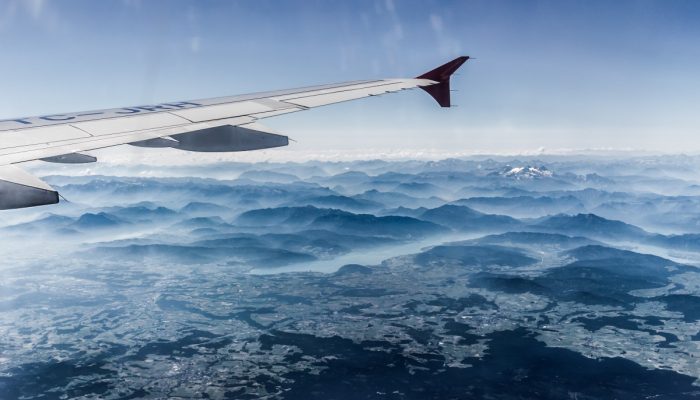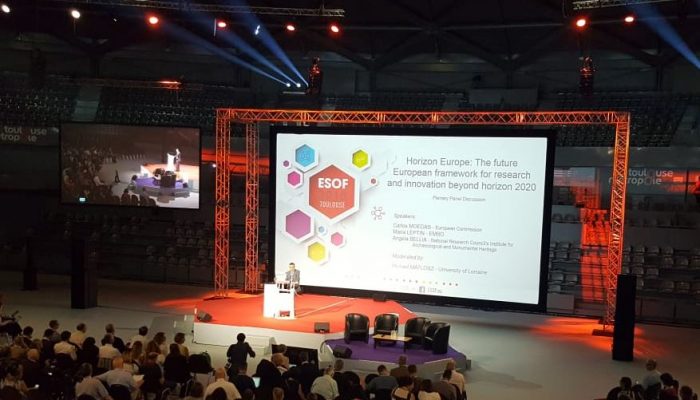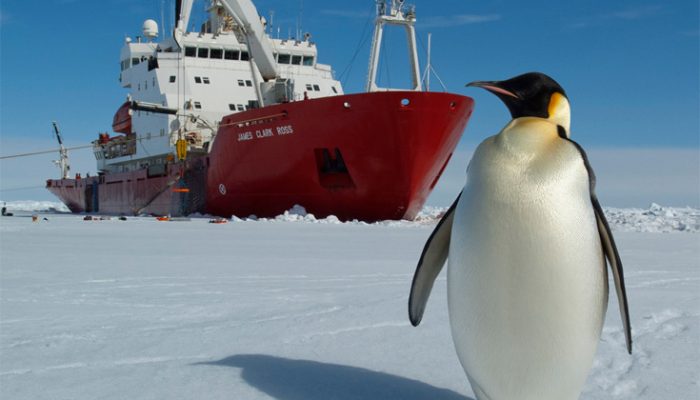Introduction For many years now we know that our star the Sun influences the Earth in many different ways, via the total solar irradiance, solar energetic particles and coronal mass ejections. Understanding the influence of the Sun on the Earth requires many different types of measurements. For example, NASA’s Solar Dynamics Observatory (SDO) spacecraft, produces over 1 terabyte of data per day (P ...[Read More]
If you didn't find what you was looking for try searching again.
Stratigraphy, Sedimentology and Palaeontology
Slimy Landscapes
When we think about how our landscapes evolve and change we probably tend to go straight for the big stuff, things like the climate, tectonics or geology, and in my previous blog I looked at how rainfall contributes to changing the planet’s surface. However, it is not just the big stuff which controls these changes, smaller things do as well, for example changes in land cover (ie, from grasses to ...[Read More]
Seismology
Seismo @ school
Being a seismologist is not just doing research, it is also sharing experience and teaching the next generation. As early career scientists, we are used to share ‘our science’ during open days and career days at university. Another peculiar moment for Science outreach is the National Science week, where researchers can set up experiments and exhibitions to draw the attention of the general public ...[Read More]
GeoLog
Imaggeo on Mondays: The Gower Peninsula, a coast marked by time
The Gower Peninsula in South Wales, United Kingdom, is a spectacular site to view a sunset. However, to geologists, the shore is also a prime spot to find artifacts from Earth’s ancient and recent past. “The limestone coastline is dotted with caves that are rich in Quaternary flora and fauna,” said Mike Smith a visiting researcher at Plymouth University (UK) and photographer of this featured image ...[Read More]
WaterUnderground
Groundwater and Education – Part two
Post by Viviana Re, postdoctoral researcher at the University of Pavia (Università di Pavia), in Italy. You can follow Viviana on Twitter at @biralnas. Part two of a two-part series on groundwater and education by Viviana. __________________________________________________ In my last post (“Drawing out groundwater (from the well)”) I wrote about the reasons why, as groundwater scientists, we shoul ...[Read More]
GeoLog
July GeoRoundUp: the best of the Earth sciences from around the web
Drawing inspiration from popular stories on our social media channels, as well as unique and quirky research news, this monthly column aims to bring you the best of the Earth and planetary sciences from around the web. Major stories Signs of water 55 million kilometres away Last week scientists announced that they have found signs of existing water on Mars, offering new hope to the possibility o ...[Read More]
Geodynamics
Holiday recommendations – blog break summer 2018
Even dedicated workaholics such as the editors of your EGU GD Blog Team sometimes deserve a break! Let me clarify that by saying ‘an intentional break’ (because uploading every Wednesday is hard!). We will be ‘on holiday’ during August, so there won’t be any new blog posts then. But don’t worry: we will be back stronger than ever in September and we already have ...[Read More]
Tectonics and Structural Geology
Mind Your Head #4: Job uncertainty in academia – know your strengths and possibilities!
Mind Your Head is a blog series dedicated towards addressing mental health in the academic environment and highlighting solutions relieving stress in daily academic life. In the three previous blog post of this ‘Mind your head’ series, we discussed the importance of communication with fellow ECS, time management, and a healthy relationship with your advisors. However, there is one big source of st ...[Read More]
GeoLog
GeoPolicy: ESOF – putting scientists & policymakers in the same room!
The EuroScience Open Forum (ESOF), the largest interdisciplinary science meeting in Europe, was held earlier this month in Toulouse, France and attracted scientists and policymakers from across the globe. Held every second year, ESOF provides an interface between science, policy and society. This year was my first ESOF. I attended as the EGU Policy Officer and was able to actively participate in a ...[Read More]
Cryospheric Sciences
Image of the Week – Stuck in the ice: could it have been predicted?
Expeditions in the Southern Ocean are invaluable opportunities to learn more about this fascinating but remote region of the world. However, sending vessels to navigate the hostile Antarctic waters is an expensive endeavor, not only financially but also from a human perspective. When vessels are forced to turn back due to hazardous conditions or, even worse, become stuck in the ice (as shown in ou ...[Read More]

